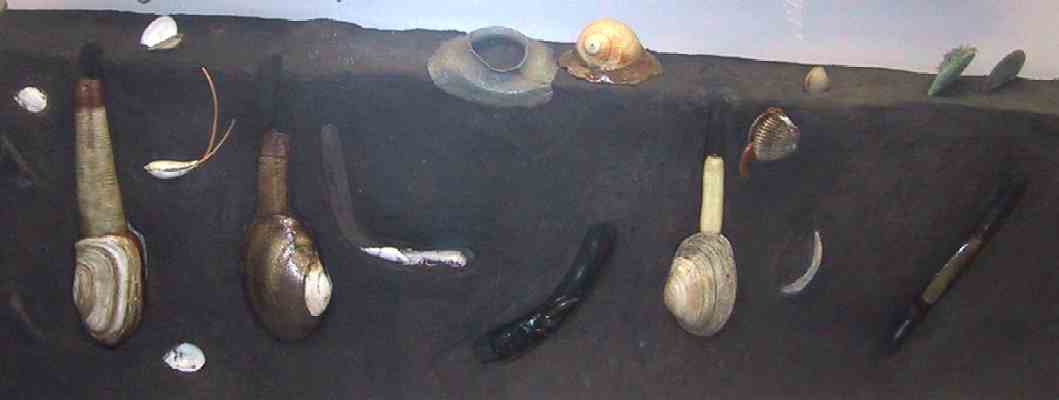





















![]()

![]()

![]()
![]()
![]()

![]()

More About Burrowing Animals
As suggested by this cutaway and the number
of holes on the surface, there is a lot of life below the surface. Vehicular
traffic (cars and trucks, like those allowed in the Off Road Park at Oceano, and
repeated or prolonged stomping) kills many of these animals by collapsing their
burrows.
This page is best viewed using a current
version of
Internet
Explorer or AOL.
If you are using Netscape Navigator, this page may not display well for you.
windy-cove home
Revised
18-Feb-2008 02:26 PM